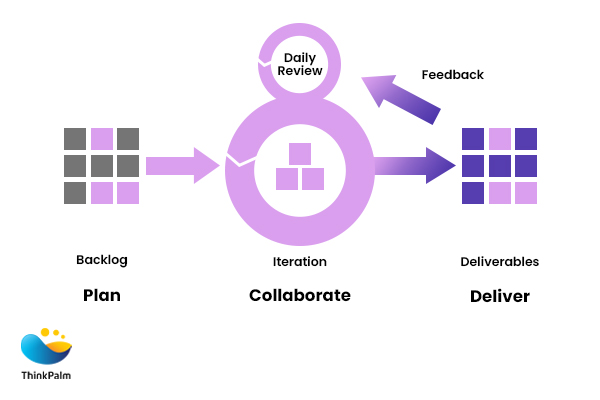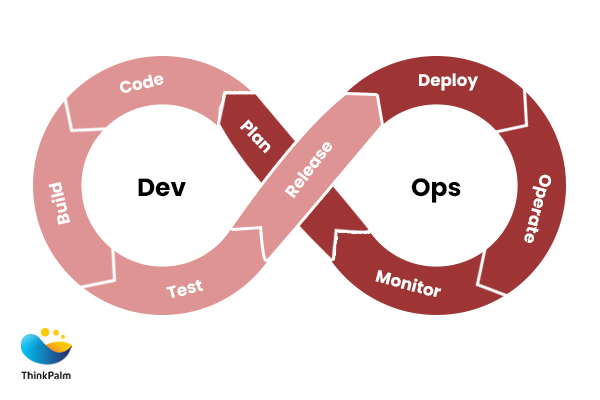Successful software projects rely on good project management, and that starts with choosing the right software development methodologies that are the perfect fit for your project. However, each method has its pros and cons, and it is designed for different project needs.
Here’s a quick guide to the most popular software development methodologies, and learn more about why they’re used around the world.
Teams use the agile development methodology to minimize risks like bugs, cost overruns, and changing requirements when adding new functionality. Moreover, Agile methods include iterations of new features that are added to the software in small increments. There are various forms of agile development, including:
Here, each has a unique approach, but they all share the goal of making development more flexible and efficient.
Therefore, those accustomed to the waterfall method may find it challenging to adjust to an agile SDLC. So, a hybrid approach will often work well for them.
The Waterfall method is often considered the most traditional software development approach. In addition, it follows a strict, linear model with sequential phases:
Each phase must be fully completed before the next one begins. As a result, there is typically no provision for revisiting or modifying earlier phases once they are finished.
The Rapid Application Development (RAD) method produces high-quality systems at a low investment cost through a condensed development process. So, in today’s market, most companies rely on the RAD process to respond quickly to changing conditions. Therefore, this adaptability is key to keeping investment costs low.
RAD consists of four phases:
The user design and construction phases are iterative, repeating until the user confirms that the product meets all requirements, ensuring flexibility and responsiveness to user feedback.
DevOps goes beyond a mere development methodology—it embodies a collection of practices aimed at fostering an organizational culture centered around collaboration.
Its key aspects include:
Furthermore, DevOps aims to streamline processes, improve efficiency, and ensure faster delivery of high-quality software through a cohesive and collaborative approach.
As software development gets faster and more automated, it’s crucial to keep security in mind. Therefore, this has led to DevSecOps, where security is built into existing DevOps practices.
DevSecOps is a new trend in application security that adds security early in the software development life cycle. Also, it encourages developers and operations teams to work together, making security a part of the process.
Moreover, DevSecOps changes how DevOps works, making security everyone’s responsibility in the continuous integration and continuous delivery (CI/CD) workflow.
These four software development methodologies are widely used across the industry. However, every software development methodology has its own advantages and drawbacks and is suited to different scenarios. Moreover, when selecting your software development methodology, consider integrating the most effective elements from each to tailor a hybrid approach that fits your team and project needs. As a result, this strategy will help ensure a secure and efficient path to production. Moreover, it will ensure a smooth and efficient journey to completing your software.
At ThinkPalm, we offer diverse software development services tailored to your needs. On top of all, we specialize in Agile, Waterfall, DevOps, RAD, and Lean methodologies, combining their strengths to create customized solutions aligned with your business goals.
Moreover, by integrating the best practices from each, we ensure efficient and secure development processes that deliver robust, scalable software solutions. Therefore, this approach not only meets your current needs but also prepares your organization for future growth and success in a competitive market.
Contact us today and book a free discussion and learn how our tailored solutions can propel your business forward. Come join us, let’s build something great together.
What are methodologies in software development?
Methodologies in software development are structured frameworks for planning, executing, and managing projects.
What are the 4 Agile development methodologies?
The four Agile development methodologies are Scrum, Extreme Programming (XP), Feature-Driven Development (FDD), and Crystal.
What are the top five software development methodologies used around the world?
The five common software development methodologies are Agile, Waterfall, RAD, DevOps, and Lean Development.
What are the six basic SDLC methodologies?
The six basic SDLC methodologies are Agile, Waterfall, RAD, DevOps, Spiral, and V-Model.
How do methodologies contribute to the success of a software project?
Methodologies provide structured processes and practices, enhancing efficiency, communication, and project management.
The SDLC can encompass both Agile and Waterfall methodologies, among others.
Can you mix or customize software development methodologies?
Yes, you can mix or customize methodologies to fit the specific needs of your project and team.